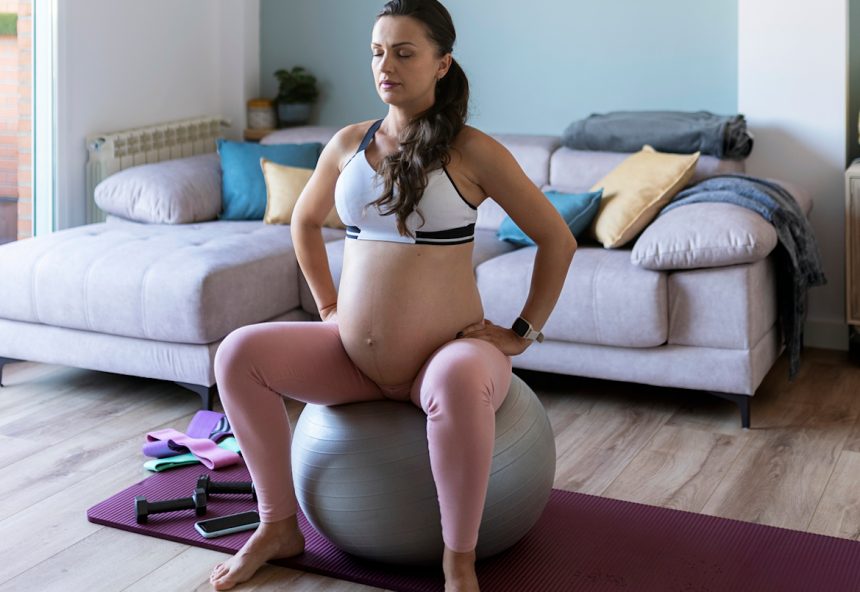For many years, Kegel exercises were the go-to when it came to pelvic floor health. However, the medical community now understands that relaxation is just as crucial as contraction, especially during pregnancy. Physical therapist Carrie Pagliano, DPT, emphasizes the need for the pelvic floor to relax during childbirth. Most people don’t pay attention to their pelvic floor until they are pregnant, and they may not understand the difference between contraction and relaxation or how to achieve it.
Pregnancy pelvic floor exercises can help individuals understand how to engage the area correctly for labor. Pregnancy hormones like relaxin can loosen up the pelvic joints and increase flexibility, but if the pelvic floor muscles are too tight, they can cause more pain during childbirth. Dr. Heather Jeffcoat, DPT, of Fusion Wellness PT in Los Angeles, stresses that preparing the pelvic floor to relax is essential for any birth prep program.
Knowing if you need to work on pelvic floor flexibility can be determined if you have a history of pain with sex, pelvic pain, constipation, or leakage. Dr. Pagliano notes that even very active athletes can struggle to relax their pelvic floor muscles. She recommends manual stretching using a medical dilator, while Dr. Jeffcoat suggests specific exercises to open up the pelvic area.
It’s important to remember that no amount of exercises or birth prep can completely prevent a C-section. According to Dr. Pagliano, even if you have the best pelvic floor and preparation, medical circumstances may necessitate a different approach. Still, there are seven pregnancy pelvic floor exercises that are recommended for preparing for childbirth:
- Contract, relax, bulge
- Lower belly breathing
- Open glottis breathing
- Spinal mobility on a birthing ball
- Modified child’s pose
- Happy baby
- Butterfly stretch
Dr. Jeffcoat emphasizes that working on the pelvic floor involves not only the muscles themselves but also the nearby muscles and joints. She recommends a mix of exercises targeting the pelvic floor muscles specifically and some that work the hips and pelvis in general. It’s important to ensure that none of the exercises are painful, and to check with a healthcare provider if in doubt.
Begin incorporating these exercises by the 32nd week of pregnancy, suggests Dr. Jeffcoat, to allow enough time to prepare for childbirth. It’s also important to do them regularly, but without causing stress. Even doing the exercises once can make a difference.






